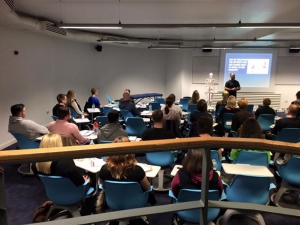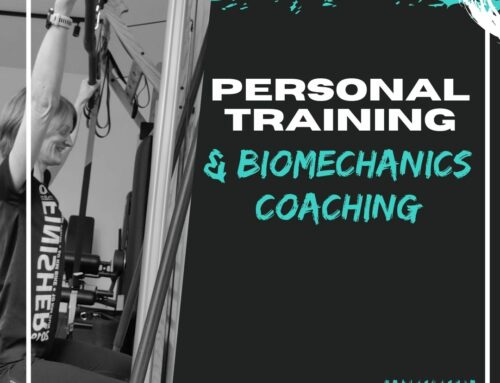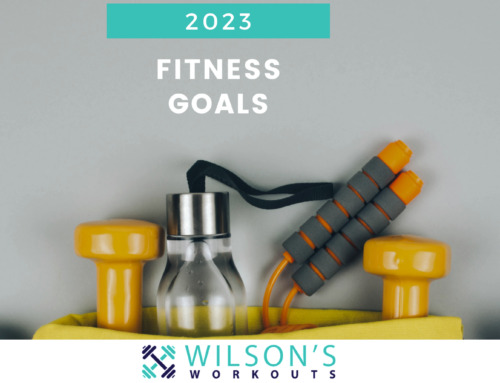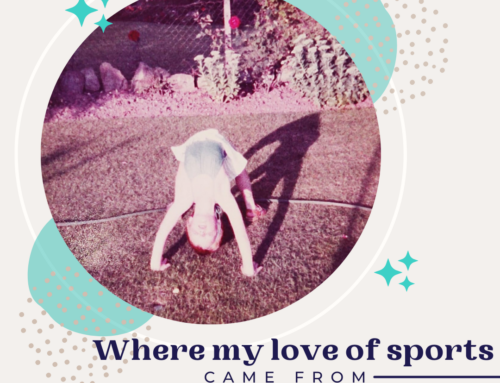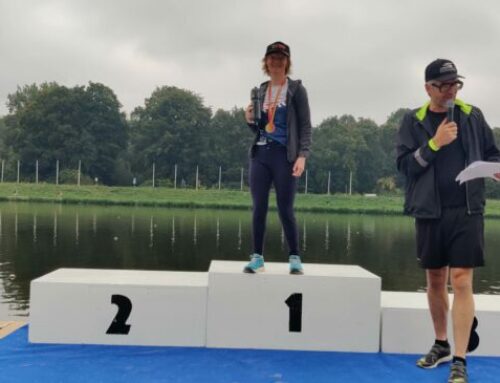I recently went to Loughborough University for a Movement Convention – a day of filling my brain with lots of new information. There was so much to take in that on the Monday after my mind was blank. But now I’ve had a some time to reflect, I would like to share a few titbits of what I took out of it. All the speakers were Biomechanics Coaches and some had other specialties too.
Breathing
The first talker was a Biomechanics Coach who specialises in breathing. He reminded us that we should be breathing from our bellies rather than high up in our chests. If you think about it, when you breathe in your chest you can end up doing multiple shoulder shrugs, increasing tightness around the shoulders and the neck.
Biomechanics and horse riding
Although living in Amsterdam there is a lower chance that I will be working with horse riders, you never know, right? One of the talkers spoke about how good Biomechanics helps horse riders. This is an area that was completely new to me. A lot of communication between the rider and and horse is done through the rider’s pelvis. So, if you are putting more pressure through one side of the pelvis than the other, it will affect how the horse moves. We also watched some videos of horse riding. I never knew that the riders hips have to be able to move so much. Up, down, side to side and rotation. So it is very important to have good movement patterns as a horse rider.
Martin Haines
Martin Haines is the founder of Intrinsic Biomechanics Coaching. He has spent many years measuring thousands of people and came up with the system that I now use today. He told us a bit about how he helps golfers, including professionals who are on the golf circuit with how they move. By improving their movement, you can improve their game. Again, this is a sport I know nothing about but I found out that the rotation through the thoracic (upper back) is really important. He showed us a before and after video of a client. The before showed a lot of compensation through his body in order to rotate, making his movement very inefficient.
I’m also very excited when I hear him speak to find out the names of many famous sports people he has helped using Biomechanics Coaching. You might recognise some names: Derek Redmond, Daley Thomson, David Coulthard, Mark McNulty, Greg Owen, Geoff Thomson and Steven Redgrave.
Juicing
It was funny to have watched the video Fat, Sick and Nearly Dead just days before going to this convention. The speaker is a Biomechanics coach, a personal trainer and juice therapist. She reminded us the power of food as healer and threw a lot of information about the benefits of different fruits and vegetables that are in juices. I would like to drink more juices so the best tip I got from the talk was that you can freeze juice. Yes, you might lose some goodness but it you are still getting more than if you don’t have any juice and don’t eat enough vegetables. So I proceeded to go home and fill a drawer in my freezer with juice.
NLP
One of the Biomechanics Coaches that came along was an expert in NLP. I had heard of this before as it is often used by coaches such as life coaches, business coaches, etc. We got a short introduction about how you can help your client’s mindset in order to help them reach their desired results.
The future of Biomechanics Coaching
One of the tutors I had when I studied Biomechanics Coaching talked about what they are looking into going forwards in Biomechanics Coaching. This is very interesting for coaches working with teams. A lot of teams don’t have the resources for all their athletes to go through the Biomechanics Screening process so they are developing a quick way to check the members of the teams to help identify which athletes are at the highest risk of injury. They would then put their resources behind these athletes.
Feet
One of the speakers is an expert in feet. He was speaking mostly about running and that of course is something that I can identify with. He spoke a bit about heel striking versus forefoot striking. We saw a video of elite marathon runners and there was a mix of both heel striking and forefoot striking. It shows that there is probably no right or wrong. I understood from his talk that even though we would like to run like the top runners it is very hard to compare someone who has grown up running where there is no asphalt nor concrete to someone who trains in the city all the time so we have to take these things into account. And did you know the marathon world records for both men and women is close to twice as fast as the average speed of recreational marathon runners?
I watched the Amsterdam marathon in the Vondelpark at the weekend and at just over 2kms in it was interesting to see how smooth the front runners were even compared to those (still elite athletes) a couple of groups behind them.
Write me an e-mail if you’d like to book a session or know more about Biomechanics Coaching.
Author: Lorna Wilson
Like what you see? Then send me a message or e-mail. We can meet up for a chat and find out how I can help you improve your training and help reduce injury risk.
06 460 377 74 / lorna@wilsonsworkouts.nl
